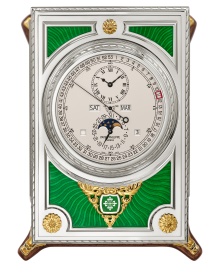
- Collection
- >
- Grand Complications
If you are already a subscriber to Patek Philippe magazine and wish to have access to the Owners area, either contact us or email owners@patek.com, giving your magazine subscription details (name, postal address and email address and whether you wish to receive emails from us in future). We will then provide access.
Are you a new Owner?
Please fill in the Owner registration form. You will then have access to the exclusive Patek Philippe Owners area.